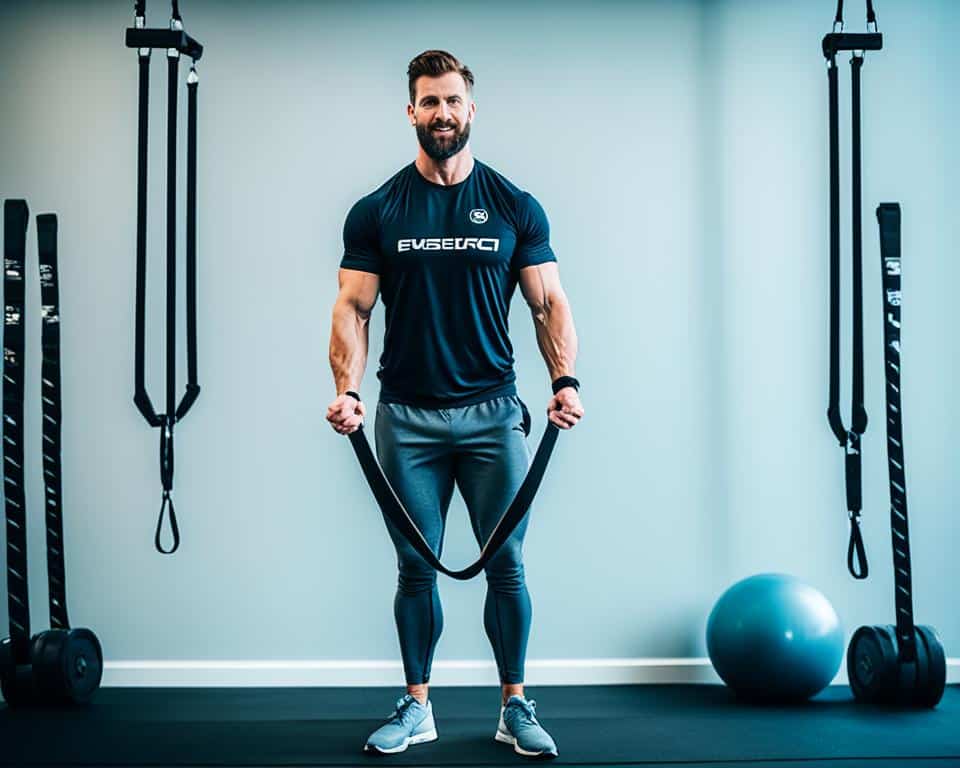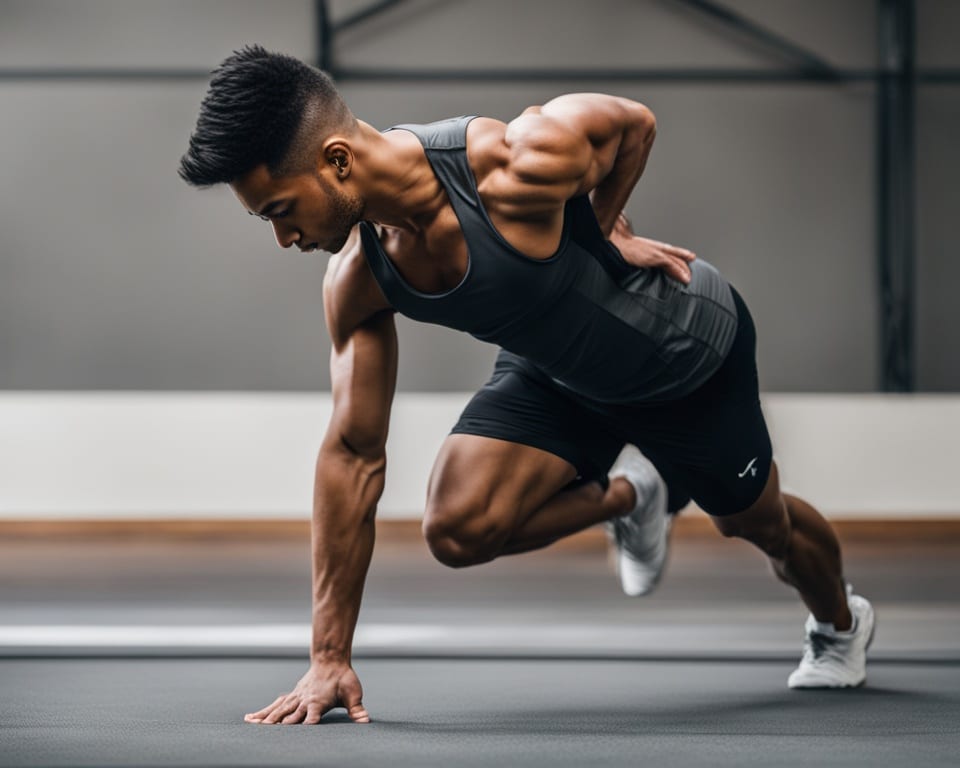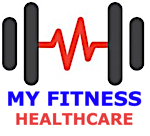In our modern world, being inactive has become common. Sadly, about 80% of adults might face lower crossed syndrome. This shows how important muscle balance is for our health. As an expert, I know fixing muscle imbalances is crucial for moving well and avoiding long-term pain, not just for looking good.
Many people get lower crossed syndrome from sitting too much. This weakens certain muscles and overworks others. Luckily, you can fix this with straightforward exercises. These exercises are designed to bring back muscle balance. This way, you won’t need surgeries to feel and move better.
It’s not only about fixing problems but also preventing them. Being active and having strong muscles matter both in sports and at work. I always tell people how exercise and standing or sitting properly are vital. They help keep your muscles working well together.
Key Takeaways
- Lower crossed syndrome underlines the widespread impact of muscle imbalances.
- A sedentary lifestyle isn’t just a comfort trap, but a leading cause for weakened muscles.
- The importance of addressing muscle imbalances shines through preventative and corrective exercise regimes.
- Simple tools like foam rollers can become your allies in the fight against muscular asymmetry.
- For comprehensive care, professional diagnostics and personalized treatment are key.
- Good posture isn’t just about looking confident, it’s about fostering muscle balance.
- Physical activity is your natural defense against the onset of muscle imbalances.
Understanding Muscle Imbalances and Their Impact on Your Training
Muscle imbalances can change how you approach fitness. Overcoming them is crucial. I’m here to help. We’ll explore what causes imbalances, their effects, and how to fix them. Stay tuned for tips on prevention and correction.
The Fundamental Causes of Muscle Imbalances
Battling muscle imbalances starts with knowing their causes. Everyday activities could promote imbalances. For example, repetitive motions or staying in one position too long can overwork some muscles and neglect others. Also, postural issues from sitting too much can prevent muscles from balancing.
How Muscle Imbalances Can Lead to Pain and Injury
Imbalances in muscle strength and flexibility can lead to pain and injuries. It’s important to know this, not to scare you, but to help you prevent it. These imbalances can cause postural issues, limit your movement, and increase pain. This can affect your training and daily life.

Recognizing the Signs of Imbalanced Muscular Development
Spotting muscle imbalances isn’t just for experts. Pay attention to your body during workouts. Look for uneven muscle size or movement patterns. Stay alert for signs like a forward head, uneven shoulders, or a tilting pelvis. Knowing these signs can help you add the right exercises to your routine.
To achieve muscle balance, we use proven methods like biometric testing and photos from different angles. This helps us see where the imbalances are. Then, we can start correcting them with specific exercises. Sometimes, professional advice is needed to make sure exercises fit your goals.
There’s power in using the right exercises to correct imbalances. Research supports the use of corrective exercises for issues like shoulder pain or chronic back pain from hip misalignments. By following the exercises and advice I give, you can improve your strength and symmetry. You’ll not only look better, but feel better, too.
The Role of Unilateral Exercises in Correcting Imbalances
I talk about the importance of unilateral exercises for fixing muscle imbalance. There’s a study in the Journal of Strength and Conditioning Research (2010). It found these exercises can help esports athletes improve. Each side of the body gets worked on its own. This lets the weaker side catch up in strength.

Take lunges and single-arm rows, for instance. You can find these muscle imbalance exercises help with balance and stability. They are essential for daily life and sports. Another study, in the European Journal of Applied Physiology, shows how these exercises benefit female basketball players. They help with agility and quick direction changes.
But unilateral training isn’t just about looking balanced. According to the International Journal of Sports Physiology and Performance (2017), it offers varied challenges. These improve our bodies for specific sports. We should listen to experts and make single-leg or single-arm exercises key in muscle imbalance correction.
Analyzing and Assessing Your Muscle Strength Symmetry
I took the first step in taking charge of my health by focusing on muscle strength symmetry. I looked at my own lifting forms and muscle sizes to spot any imbalances. But assessing yourself is just the starting line. You often need both deep thinking and special tools for a thorough muscle imbalance assessment.
Self-Assessment Techniques for Muscle Imbalance Detection
On my path to fix muscle imbalances, I used some self-check methods. I did 5RM tests for push and pull motions, and checked my hamstrings against my quads. These steps helped me see where I needed to work more for better balance and progress.
Professional Methods for a Comprehensive Muscle Imbalance Assessment
At times, you might need an expert’s help for a full check-up. Going to clinics gave me access to gear like leg extension and curl machines. This was key for getting treatments that targeted my specific needs.
It was also vital to understand not just if, but how to fix these imbalances. I dove into tech that tracks muscle use and moves in real-time. This approach was grounded in science, aiding muscle retraining and improvement.
Expert Strategies to Address and Prevent Muscle Imbalances
On your journey to better physical conditioning, understanding muscle symmetry is key. Muscle imbalances can lead to injuries and decrease your performance. Doing the same activities or playing one-sided sports can cause uneven muscle strength. However, addressing this with specific exercises can greatly reduce injury rates. Soldiers saw a 36% decrease in injuries, and soccer players had a 70% reduction in ACL injuries.
Integrating Unilateral Training Into Your Workout Routine
Facing muscle imbalances is less scary than it seems. Start by adding exercises that focus on one side of the body. This can help balance your strength. These exercises are proven to lessen pain like low back issues by up to 29%.
Targeted Stretching Protocols for Muscle Balance Restoration
Think of dynamic stretching as more than just a warm-up. It’s a crucial part of treating muscle imbalances. By stretching, you lessen muscle tightness and increase flexibility. This helps tired muscles recover and prevents bad muscle patterns from forming.
Revising Your Training Approach to Counteract Dominant Patterns
It’s important to adjust how you train to maintain muscle balance. Paying attention to how you move helps prevent bad habits from taking over. Addressing the root causes of imbalances helps keep your muscles working together properly.
FAQ
What are the fundamental causes of muscle imbalances?
Muscle imbalances often come from our daily habits. Things like doing the same movements over and over, sitting too long, or using one side of our body more can lead to problems. This might make some muscles too strong and others too weak, causing imbalances.
How can muscle imbalances lead to pain and injury?
When our muscles aren’t balanced, it can lead to discomfort and pain. This might affect our muscles, joints, or tendons, and cause posture problems. Over time, these issues increase the chance of getting hurt, especially when being active.
What signs indicate imbalanced muscular development?
Signs of imbalance include unequal form during exercises, muscle size differences between limbs, and posture issues like slouching or a forwarded neck. Feeling pain or discomfort in certain muscles also points to imbalances.
What role do unilateral exercises play in correcting muscle imbalances?
Unilateral exercises help correct imbalances by focusing on each side of the body separately. They improve balance, core stability, and the ability to perform activities using one leg at a time. This helps even out muscles and cuts down on injury risks.
How can I self-assess for muscle imbalances?
To check for imbalances, look for differences in muscle size or how you move during workouts. Doing strength tests, like comparing your hamstring strength to your quads, can also point out areas you need to work on.
What are professional methods to comprehensively assess muscle imbalances?
Experts might use machines or motion analysis tech to study muscle function. Talking to a fitness expert can give you specialized advice and a plan to fix imbalances.
How can unilateral training be integrated into my workout to prevent imbalances?
Add single-side exercises to your routine to boost the weaker side’s strength and size. Focus on doing more work on the weaker side, but remember to let it recover properly.
What stretching protocols can help restore muscle balance?
Targeted stretching of tight muscles can help regain balance. Pair stretches with strength exercises for the best results. A fitness expert can guide you in combining these effectively.
How should I revise my training approach to counteract dominant patterns and prevent future imbalances?
Change up your workouts to work different muscles and avoid overusing the same ones. Track your progress and adjust as needed, focusing on movement quality. Also, pay attention to habits from your job or sports that might cause imbalances. Adjust your routine to keep your muscles balanced and functioning well.

